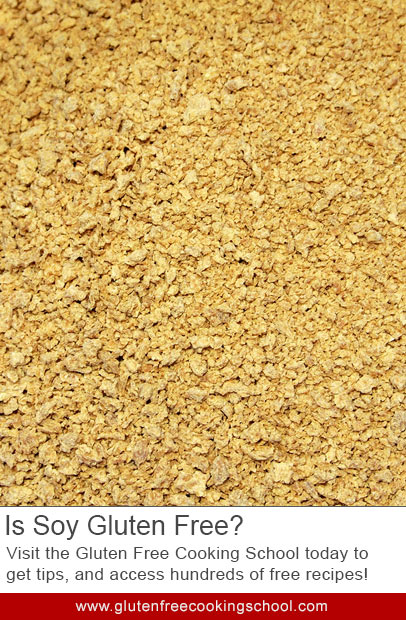Soy, in its pure form is free of gluten. The soybean does not contain gluten or gluten products, but often times soy is grown in rotation with wheat crops. Wheat crops contain gluten, and thus, any soy grown in rotation with wheat is subject to cross contamination. Crops grown in rotation simply mean that farmers swap what crop is grown in a field every year. For example, in 2013 a farmer grew wheat in a field. The following year he grew soy. This helps to keep the soil healthy and the crop plentiful, but it can also lead to cross contamination.
Making the situation worse is that farmers who grow soy in rotation with wheat often use the same tools, storage facilities and trucks to transport their soy crop, leading to even greater cross-contamination. Recent studies have found that some soy products can have upwards of 2,000 gluten parts per million. A product must have less than 20 parts per million to be considered “gluten-free”, and those with severe illness may react to even that small amount of gluten.
So, you can see the question isn’t a simple one to answer. In its purest form, yes, soy is gluten-free, but because of the way it is grown and manufactured, many soy products are not gluten-free and should not be consumed by those suffering from Celiacs disease.
